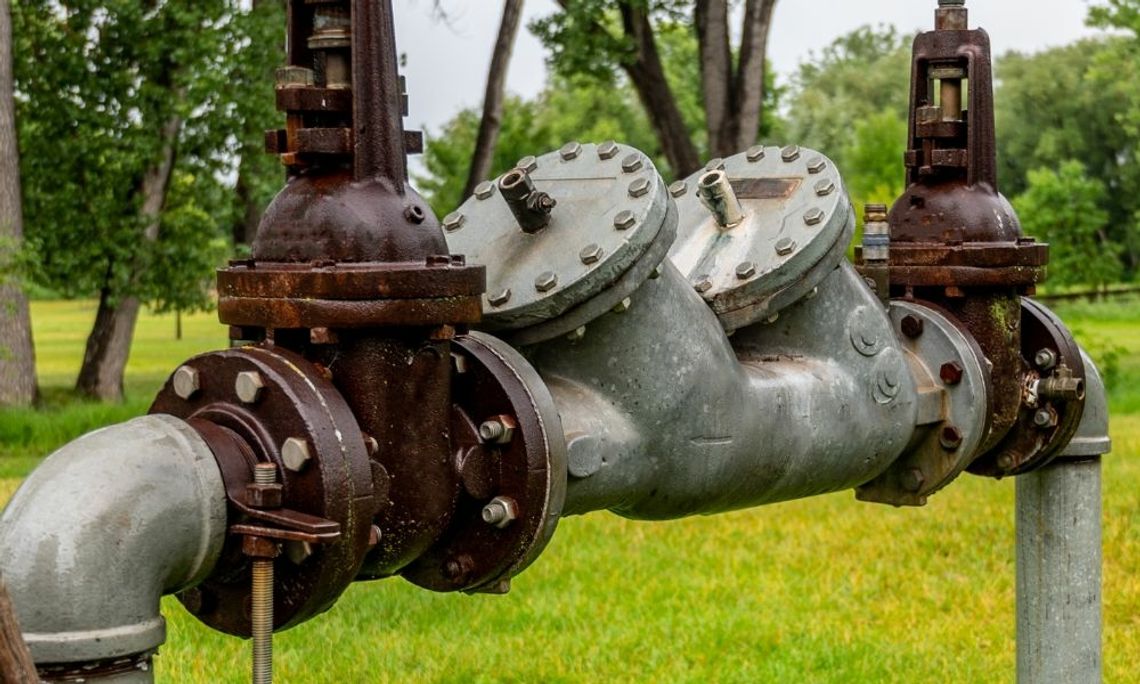Backflow, the reverse flow of water in a plumbing system, poses a significant risk to human health and safety. This occurrence can introduce pollutants and hazardous substances into your drinking water supply due to sudden pressure changes in the system. To combat this, you need a reliable safeguard—the gate valve. Ensure your property has proper plumbing infrastructure by considering these backflow tips and what to know about gate valves.
Understanding Gate Valves
At the heart of any backflow prevention system lies the gate valve, a device designed to manage and control water flow within a plumbing setup. As the name suggests, the valve operates much like a gate—when fully opened, it allows water to flow through unobstructed; when closed, it halts the flow entirely. Gate valves feature a wedge inside that moves up or down when the handle is turned, controlling the water flow. This simple mechanism plays a critical role in preventing backflow by providing a physical barrier that stops water from reversing its direction.
For a practical perspective, consider a residential plumbing system. Gate valves are typically installed on the main water line and before water heaters. In the event of a sudden pressure change, these valves can be quickly closed to prevent backflow and protect the rest of the system. Similarly, gate valves play a vital role in larger-scale systems, such as municipal water supply networks. They are strategically placed at various points in the network to isolate sections for maintenance or in case of a backflow event. However, it’s worth noting that ball valves are important for backflow preventers since they are more commonly used in commercial applications due to their increased durability.
Installing Gate Valves
Installing a gate valve in a plumbing system is a meticulous process that demands precision. Initially, the valve body, which connects to your piping system, is mounted. All welding tasks must be completed before this installation, with the flange allowed to cool down to ambient temperature. The gate valve and its plumbing should be properly supported when installed in the system. Bolts are then methodically tightened to form a seal between the valve, flanges, and gaskets. Finally, the gate is slid back into its guide, and the top of the backflow preventer is tightened. After installation, it’s vital that you test the valve by turning on the water supply and checking for leaks or malfunctions.
Choosing the Ideal Gate Valves
Selecting the right gate valve is critical for an effective backflow prevention system. Your choice should be based on your plumbing system’s specifics, including pressure and temperature requirements. The material of the valve, whether it’s stainless steel for high-pressure systems or brass for lower-pressure ones, can significantly impact the system’s overall performance. Size is equally important; your gate valve should match the size of your pipe to maintain system efficiency and avoid malfunctions.
When choosing a gate valve, consider factors beyond type and size. Durability, cost, and the manufacturer’s reputation all play a role in determining the valve’s reliability and longevity. While cost-effectiveness is important, remember that a higher initial investment in a quality valve can save you from frequent replacements or repairs later on. Always ensure the valve is suitable for your specific system’s requirements, and if needed, consult with a professional for expert advice.
Understanding the functions of gate valves and following these backflow tips will help you protect your plumbing infrastructure from expensive complications. Should you require more specific advice tailored to your circumstances, don’t hesitate to consult with a plumbing professional.


Comment
Comments